What is each cable used for!?
I understand this feeling.
In the past, when I had no knowledge about cables, I used to silently scream inside my head about the same thing. Things like what an XLR is, or how a condenser microphone works, and that shorter cables are better...
It all seemed so confusing!
- I don't know which one to choose.
- I bought an audio interface and a microphone! ...Which cable do I need?
- Are there really that many types of microphone cables?
These are all questions I had, much like those frequently asked questions.
When you're just starting out with music and don't have much equipment knowledge, it's understandable that all cables might seem the same (though there are differences depending on the person).
For everyone struggling with these concerns and for those who already have some knowledge, I've written a "Mic Cable Buying Guide" that I hope you'll find helpful!
So, along with tips on how to choose a microphone cable, I'll also introduce several popular and recommended microphone cables!
Let's start by reviewing how to choose a microphone cable! Here are the key points to consider!
1. Connector’s Type
First, let's introduce the commonly used connectors for microphone cables. This time, I'll present the ultra-classic types that are generally used. If you're using regular microphones and equipment rather than wireless ones, please refer to the following!
Here comes XLR!
XLR, also known as a Cannon connector, is a 3-pin connector. Here's what it looks like.
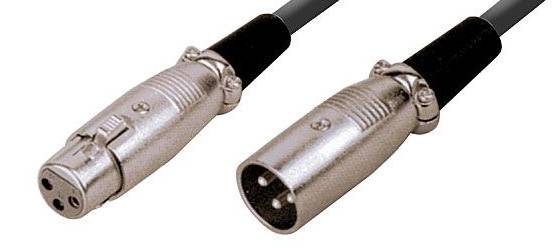
The side with three holes (female) should be inserted into the microphone. The male end connects to the equipment side. If the equipment side has a jack like the one in the image below, it can be used!
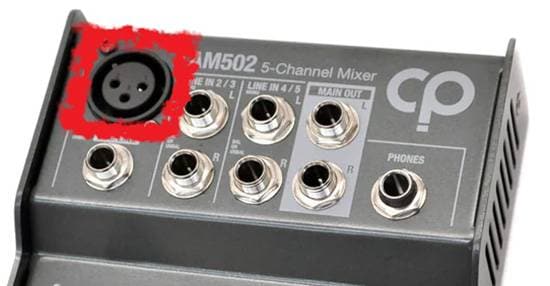
XLR 3-pin (highlighted in red)

Combo Jack (XLR 3-pin / Phone, compatible with both)
The 1st image is clear and easy to understand, but the 2nd one might be a bit confusing, right?
The combo jack is a jack that accommodates both phone (TRS) and XLR connectors, and features a larger central hole and three smaller holes on its side. It's commonly found on audio interfaces and mixer input terminals!
Attention to those using condenser microphones!!
Condenser microphones, unlike dynamic microphones, require an additional power source called "phantom power " The cable capable of carrying this power is also an XLR – XLR cable. If you are using a condenser microphone, be sure to choose an XLR – XLR type of cable!!!
Phone - XLR (female)
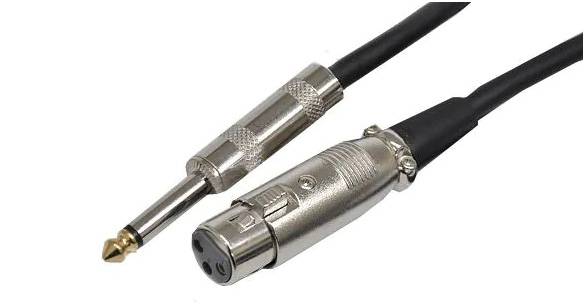
This type has one end as a phone (TRS) connector. The microphone side remains XLR (female), while the equipment side uses the phone connector.
Use this type only when the equipment side has only a "phone jack" input. Generally, using XLR-XLR is problem-free and has many advantages.
The Benefits of XLR - XLR
- 1. Long-Distance Transmission
- XLR-XLR cables can transmit audio signals over long distances while being resistant to external noise interference, allowing for high-quality audio transmission.
- 2. Stable Connection
- XLR connectors lock securely, ensuring a stable connection. This reduces the likelihood of the connection becoming loose or intermittent, thereby preventing interruptions in audio transmission.
- 3. Versatility in Various Applications
- XLR-XLR cables are versatile and can be used not only for condenser microphones but also for connecting audio equipment and speakers, among other applications.
2. Cable Length
This is what I can only explain as "Choose according to your usage environment."
But, what exactly does a cable suitable for your usage environment mean in the first place?
For example, when using a microphone for home recording or streaming, the cable length needed is from the "audio interface" to the location where the microphone will be placed. Typically, this setup is contained on the desk, so not much length is required—around 1-2 meters should suffice.
However, if using a boom arm microphone stand like in the image, you also need to consider the length of the stand (often to ensure the cable doesn't sag and follows along the arm).
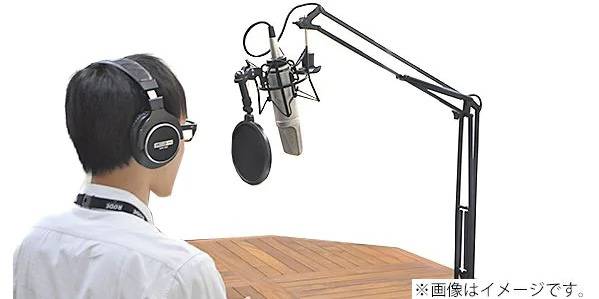
When selecting a microphone cable for live performances or stages, you'll often need to run the cable along the floor. In this case, you should consider the length from the "microphone" to the "equipment."
As the saying goes, "longer safe than short," when in doubt, it's wise to choose a slightly longer cable! It's common to find that a cable is too short when trying to run it along a microphone stand or reaching from the microphone to the edge of the stage. While longer cables can introduce potential drawbacks like increased susceptibility to noise or being a tripping hazard, it's generally preferable to having a cable that's too short and unusable. Adjusting equipment positions can be challenging, so it's advisable to start with longer cables initially, perhaps even using several.
The key is finding a balance: "not too short, not too long"—this is what defines a cable length "suitable for your usage environment."
3. Price
This is the most difficult part!
To be honest, when asked about specifics like manufacturer, cable material, and price differences, including various retail factors, it can be challenging to respond!
What I can tell you is that price differences affect aspects like sound resolution, low noise, ease of handling, and durability. While these qualities may not be immediately apparent without direct comparison, sound resolution does indeed vary significantly with price. Higher-priced cables often deliver noticeably better sound quality.
However, this doesn't mean that cheaper cables are always inadequate. Cables are consumables and are frequently replaced items. While high-grade cables offer excellent quality, it's also crucial to consider the cost-effectiveness of choosing a cable that works well without issues.
4. Beware of Similar Cables!
There is a cable similar to microphone cables called DMX cable, which is used for lighting equipment. The connectors are the same XLR type, so it can be difficult to distinguish between them. It can be quite confusing!
In such cases, let's search based on the product category!
Hover over the "Cables & Connectors" category on the left side of the homepage, you can narrow down your search to "Microphone Cables"! It's easy! This way, you won't make any mistakes!
Just be sure to pay attention to the cable lengths!
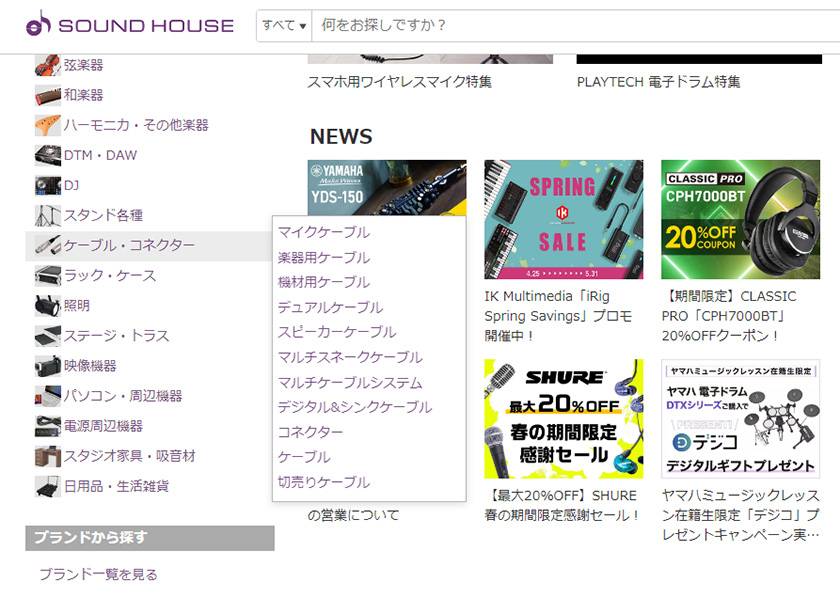
5. Recommended and Popular Microphone Cables
Finally, I would introduce some popular and recommended microphone cables available at Sound House.
From lower priced options to high-end ones, we hope you find them helpful as references!
Now everyone, enjoy your cable life!
Classic Pro / MIX100 Microphone Cable 10m XLR Cannon
Classic Pro microphone cables, designed by Sound House at the best quality for the low price, feature a 7mm diameter cable with metal connectors, balancing ease of use and durability!
Canare / EC10B BLACK XLR Cable Microphone Cable 10m
The universally renowned CANARE microphone cable! Its flat and neutral sound profile matches various genres, making it an industry-standard microphone cable. It's famously known as "a sure bet" in the market!
Oyaide’s microphone / equipment cables are highly regarded in the music production industry as a high-end cable brand! They feature meticulously selected high-quality materials and cables that are easy to handle, delivering high-fidelity sound akin to high-end studios.
Classic Pro / HMX050 High-End Microphone Cable
Classic Pro's first high-end microphone cable that achieves the highest quality for its price. It features high-grade OCC cable for excellent sound resolution, smooth handling with minimal distortion, and a balanced sound from low to high frequencies—all at an affordable price!
⇒ XLR (Female) – XLR (Male) Microphone Cable List
⇒ XLR (Female) – Phone Microphone Cable List
⇒ Custom Cable Makers, Check This Out! Microphone Cable Cut and Sold List





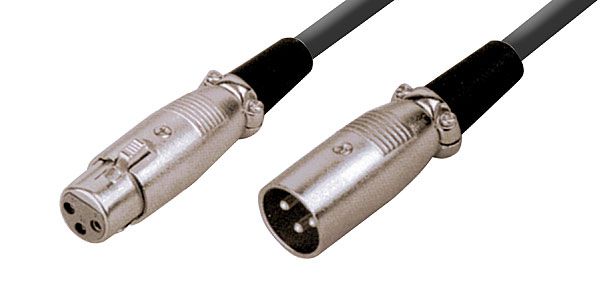
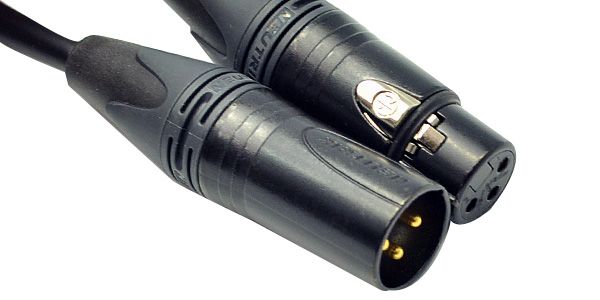
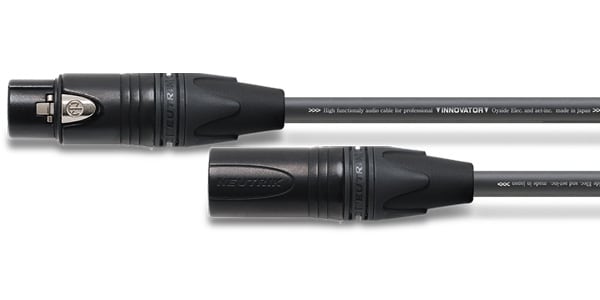
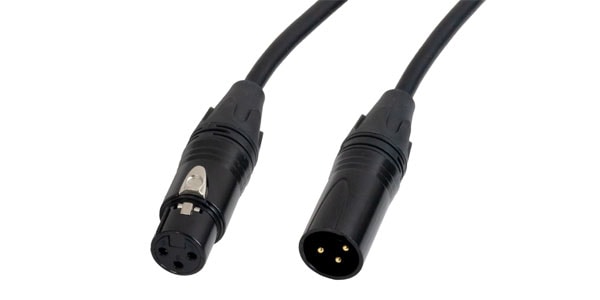





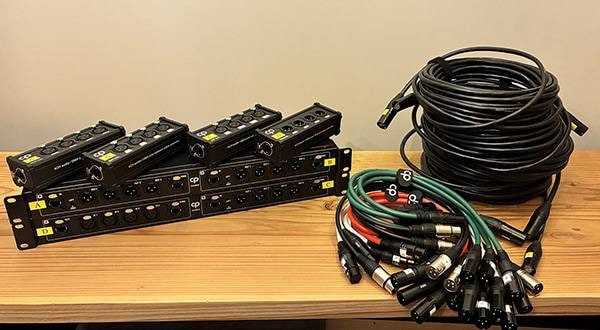
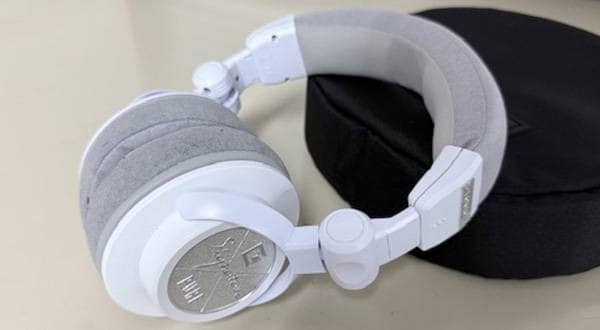
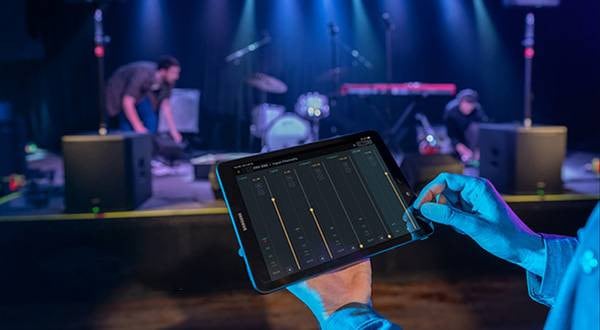
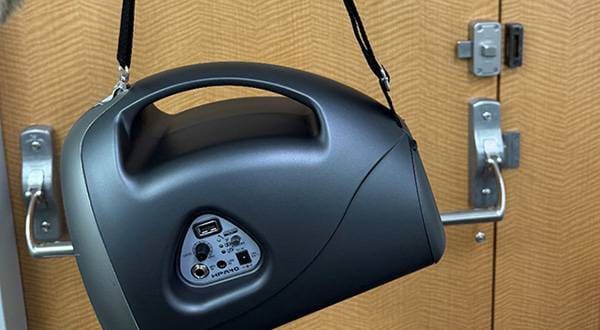
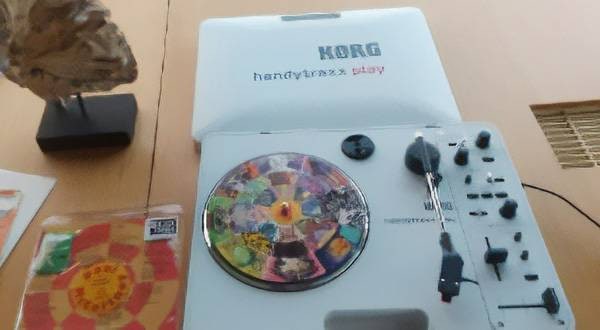
![[Latest for 2023] Easy Setup for Home Karaoke! - How to Connect a Karaoke Amplifier and Cables](/contents/uploads/thumbs/2/2023/5/20230512_2_22568_1.jpg)
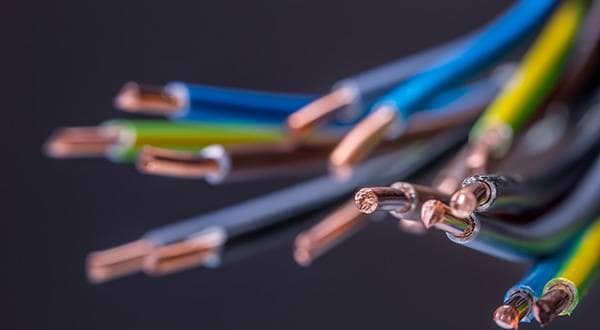

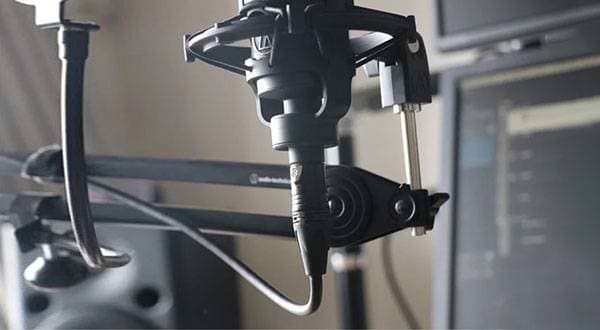
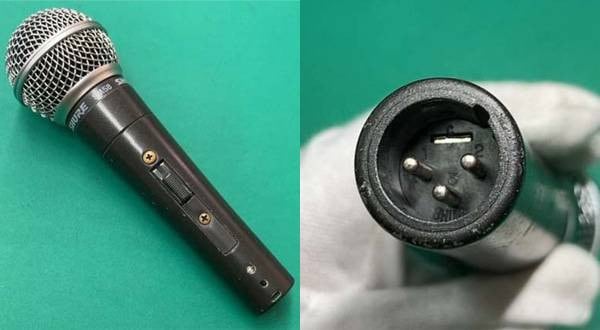

 初心者向けUSBマイクの選び方
初心者向けUSBマイクの選び方
 コンデンサーマイクとは
コンデンサーマイクとは
 マイクケーブルの作り方
マイクケーブルの作り方
 ワンランク上のボーカルマイク選び
ワンランク上のボーカルマイク選び
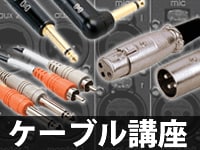 虎の巻 ケーブル講座
虎の巻 ケーブル講座
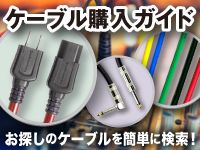 ケーブル購入ガイド
ケーブル購入ガイド















